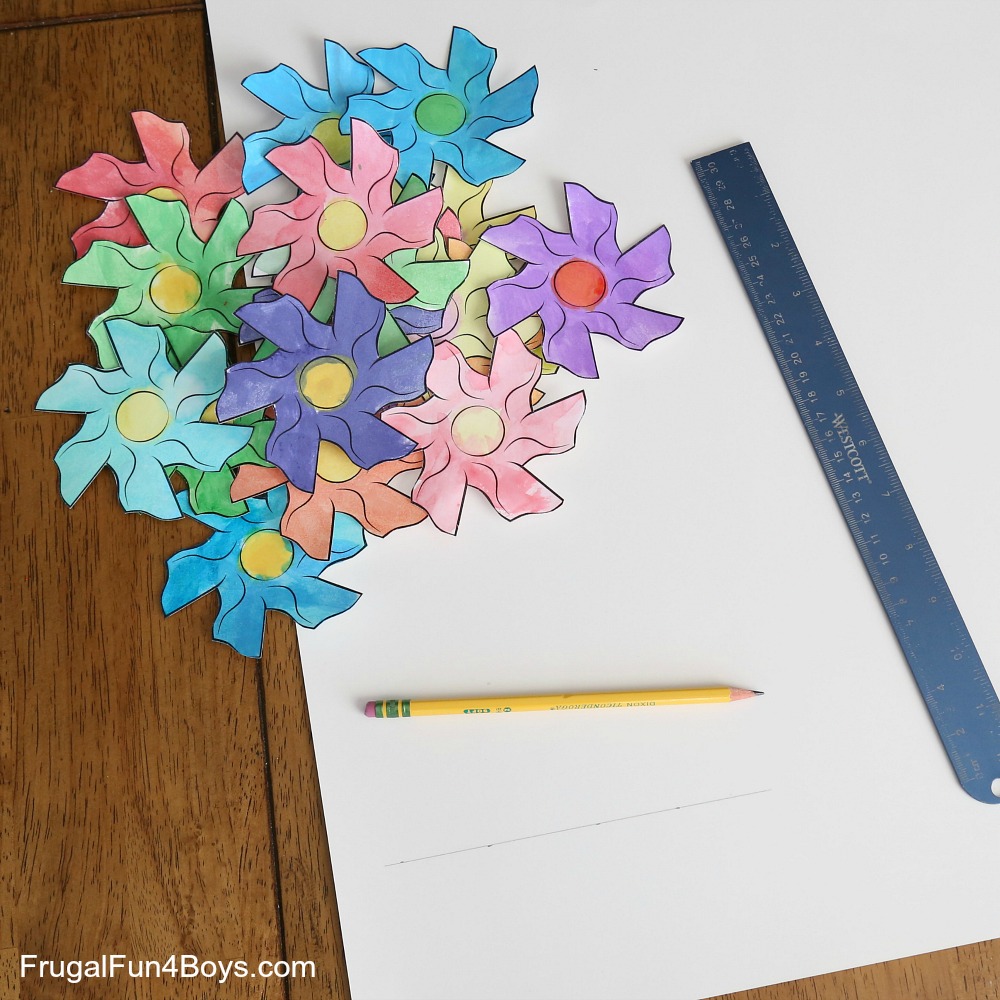

I propose the following classification of polyiamond tessellations which is based on the operations performed on the polyiamond being tessellated. An enantiomorphic polyiamond is one which cannot be superimposed on its reflection, its mirror image. The reflection operation is limited to polyiamonds which are enantiomorphic. R eflection - reflecting the polyiamond in the plane, as if being viewed in a mirror. The rotation operation can be applied to all polyiamonds which do not possess circular symmetry, for example the hexagonal hexiamond, which remains unchanged following rotation through 60 o or multiples thereof.

R otation - rotating the polyiamond in the plane. The translation operation can be applied to all polyiamonds. Tr anslation - sliding the polyiamond along the plane. Tessellations can be created by performing one or more of three basic operations, translation, rotation and reflection, on a polyiamond (see Figure). Examples are restricted, with some noteable exceptions, to tessellations of individual polyiamonds. The following definitions and descriptions refer to tessellations of polyiamonds. Nevertheless I will apply the term tessellation (as other authors have) to describe the patterns resulting from the arrangement of one or more polyiamonds to cover the plane without any interstices or overlapping. Semi-regular tesselations are possible with combinations of the moniamond and the hexagonal hexiamond. Regular tessellations in the mathematical sense are possible, however, with the moniamond, the triangular tetriamond and the hexagonal hexiamond. The patterns might more accurately be called mosaics or tiling patterns. Taking account of the above mathematical definitions it will be readily appreciated that most patterns made up with one or more polyiamonds are not strictly tessellations because the component polyiamonds are not regular polygons. There is an infinite number of such tessellations. Non-regular tessellations are those in which there is no restriction on the order of the polygons around vertices. There are eight semi-regular tessellations which comprise different combinations of equilateral triangles, squares, hexagons, octagons and dodecagons. Semi-regular tessellations are made up with two or more types of regular polygon which are fitted together in such a way that the same polygons in the same cyclic order surround every vertex. There are only three regular tessellations which use a network of equilateral triangles, squares and hexagons. Regular tessellations are made up entirely of congruent regular polygons all meeting vertex to vertex. In geometrical terminology a tessellation is the pattern resulting from the arrangement of regular polygons to cover a plane without any interstices (gaps) or overlapping. Examples range from the simple hexagonal pattern of the bees' honeycomb or a tiled floor to the intricate decorations used by the Moors in thirteenth century Spain or the elaborate mathematical, but artistic, mosaics created by Maurits Escher this century. The Types of Origami Models According to the Numbe.Patterns covering the plane by fitting together replicas of the same basic shape have been created by Nature and Man either by accident or design.What I have just posted is a review of the models.Origami A Day Timeline: Year-End Review (2013).

Harder than folding construction paper…….tracing paper can be crappin’ I have also done the tessellation in tracing paper, but it was a lot Would say that the difficulty is intermediate. The pictures above are models created from a 32 x 32 grid, but theĭiagrams have a 64 by 64 grid.The model looks complicated but for me, I Tessellation is composed of flowers created by rhombi (duh) and starsĬreated by hexagons (formed by 3 60-degree pleat intersections) and some Instead, it is found in Gjerde’s website: It is one of the complicated (but intermediate) tessellations by Gjerde, yet the crease pattern cannot be found in the book. This tessellation is a little hard to create. Yet.The first time I saw the tessellation finished was the Elephant-Hide The crease pattern, he wasn’t able to make the tessellation itself This is designed by Eric Gjerde, though when he made


 0 kommentar(er)
0 kommentar(er)
